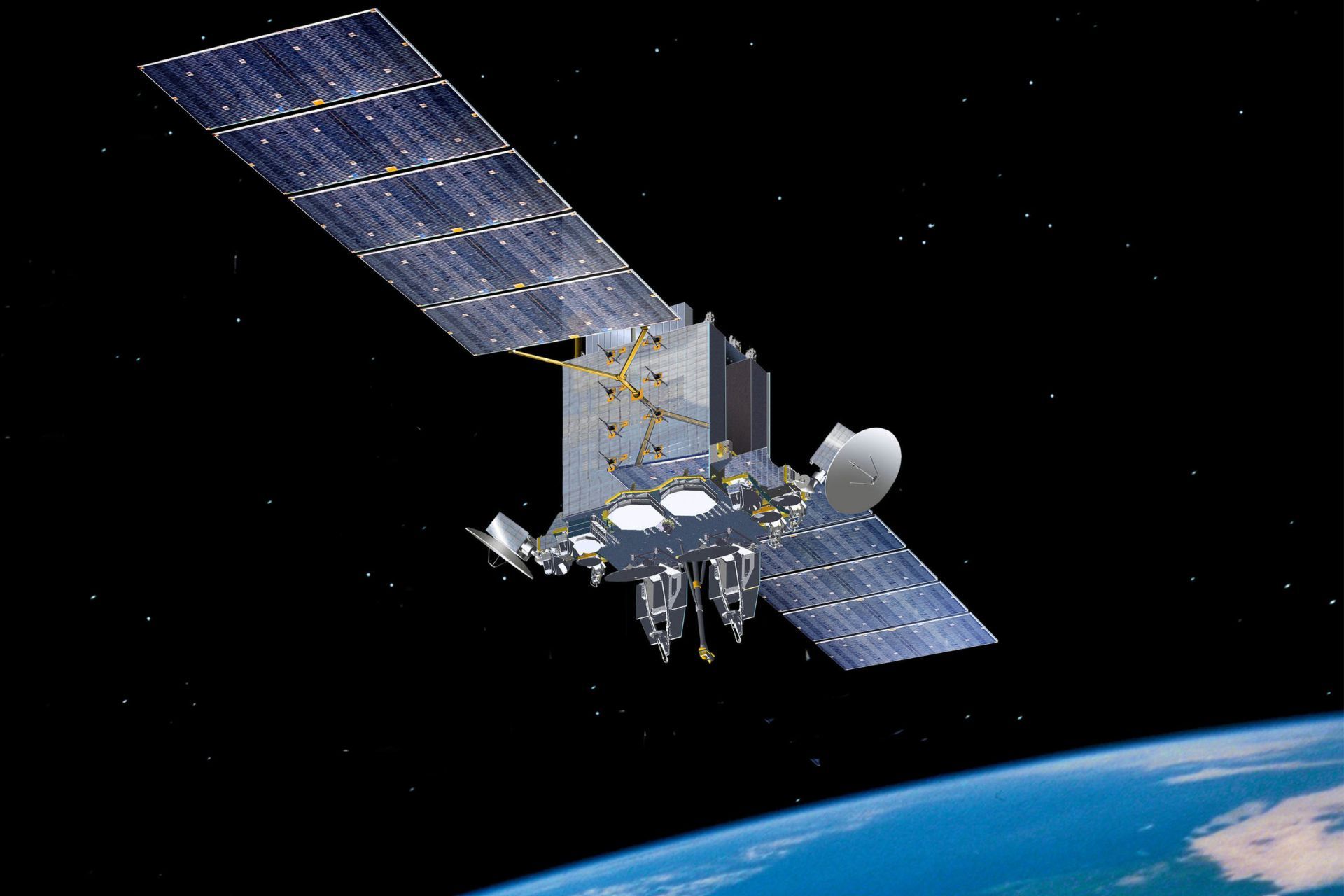Breaking News
US Faces New Asymmetric Threats A Challenge to Military Supremacy.
The latest Annual Threat Assessment (ATA) 2025, published by the U.S. intelligence community, highlights a strategic environment increasingly shaped by asymmetric threats. Cyberattacks, information warfare, space militarization, and technological advancements by adversaries are among the challenges that put U.S. military dominance into question. As China, Russia, Iran, and North Korea intensify efforts to counter American influence, Washington is compelled to adapt its strategies to address these evolving threats.

The AEHF (Advanced Extremely High Frequency) military communication satellite, designed to ensure secure and jam-resistant transmissions, plays a key role in the United States' strategic posture against emerging threats, including electronic warfare and adversary anti-satellite capabilities. (Picture source: US DoD)
Cyber attacks represent a significant security concern for the United States. China remains the primary cyber threat, engaging in sustained intrusion campaigns against critical U.S. infrastructure. Beijing has been linked to Volt Typhoon and Salt Typhoon cyberattacks, targeting telecommunications and energy networks to disrupt operations in case of conflict. Russia, meanwhile, employs cyber capabilities not only for espionage but also to conduct disruptive operations, as observed in Ukraine. The report also warns of Iran and North Korea refining their cyberattack capabilities, particularly in hacking financial institutions and U.S. government entities.
Information warfare has become a strategic tool for U.S. adversaries. China and Russia leverage artificial intelligence to spread misinformation, create biased content, and exacerbate societal divisions in Western nations. The report details disinformation campaigns led by Beijing in 2024, using AI-generated avatars and fake social media accounts to manipulate U.S. public opinion on domestic issues such as immigration and drug policies. Moscow continues to interfere in American elections and promote narratives critical of Washington through state-controlled media and covert social networks.
Space militarization presents another major challenge. China has advanced in the space competition by developing sophisticated surveillance and electronic warfare systems capable of disrupting U.S. military communications and satellite operations. Russia, on the other hand, is reportedly working on a nuclear anti-satellite weapon, which could target critical space infrastructure and cause significant disruptions. These developments raise concerns about U.S. strategic advantages in space, a domain essential for communications, navigation, and modern military operations.
In the technological domain, the rise of artificial intelligence and autonomous military capabilities poses an additional challenge. China is investing heavily in AI-driven defense systems, particularly for electronic warfare, reconnaissance, and disinformation campaigns. Russia and Iran have already incorporated these technologies into hybrid warfare strategies, integrating autonomous drones and advanced hacking tools into their military operations.
In response to these emerging threats, the Pentagon is adjusting its priorities. The United States is reinforcing cyber defenses by increasing investments in the National Security Agency (NSA) and Cyber Command while also developing offensive cyber capabilities to deter and respond to digital threats. Efforts are underway to enhance the security of critical infrastructure, including energy grids and telecommunications networks.
Regarding information warfare, Washington is adopting a more proactive stance, combining increased oversight of digital platforms with the dissemination of verified content. Strengthening cooperation with European and Asian allies is a key objective in countering Chinese and Russian influence operations.
In the space sector, the United States is accelerating the development of defensive capabilities, deploying more resilient satellites capable of withstanding anti-satellite attacks and integrating advanced electronic countermeasures. The U.S. Space Force, in coordination with private industry, is investing in technologies designed to detect and neutralize emerging space threats.
The U.S. military is also working to modernize conventional capabilities by integrating artificial intelligence and developing new doctrines suited for hybrid warfare. Adjustments to counter autonomous drones, hypersonic missiles, and cyberattacks have become a strategic priority.
The ATA 2025 report underscores a shift in U.S. national security strategy. The era of uncontested military superiority is being challenged by an environment where asymmetric threats play an increasingly central role. In the face of determined and technologically advancing adversaries, Washington must rapidly adapt to maintain its global influence and ensure its ability to respond effectively to 21st-century security challenges.


























